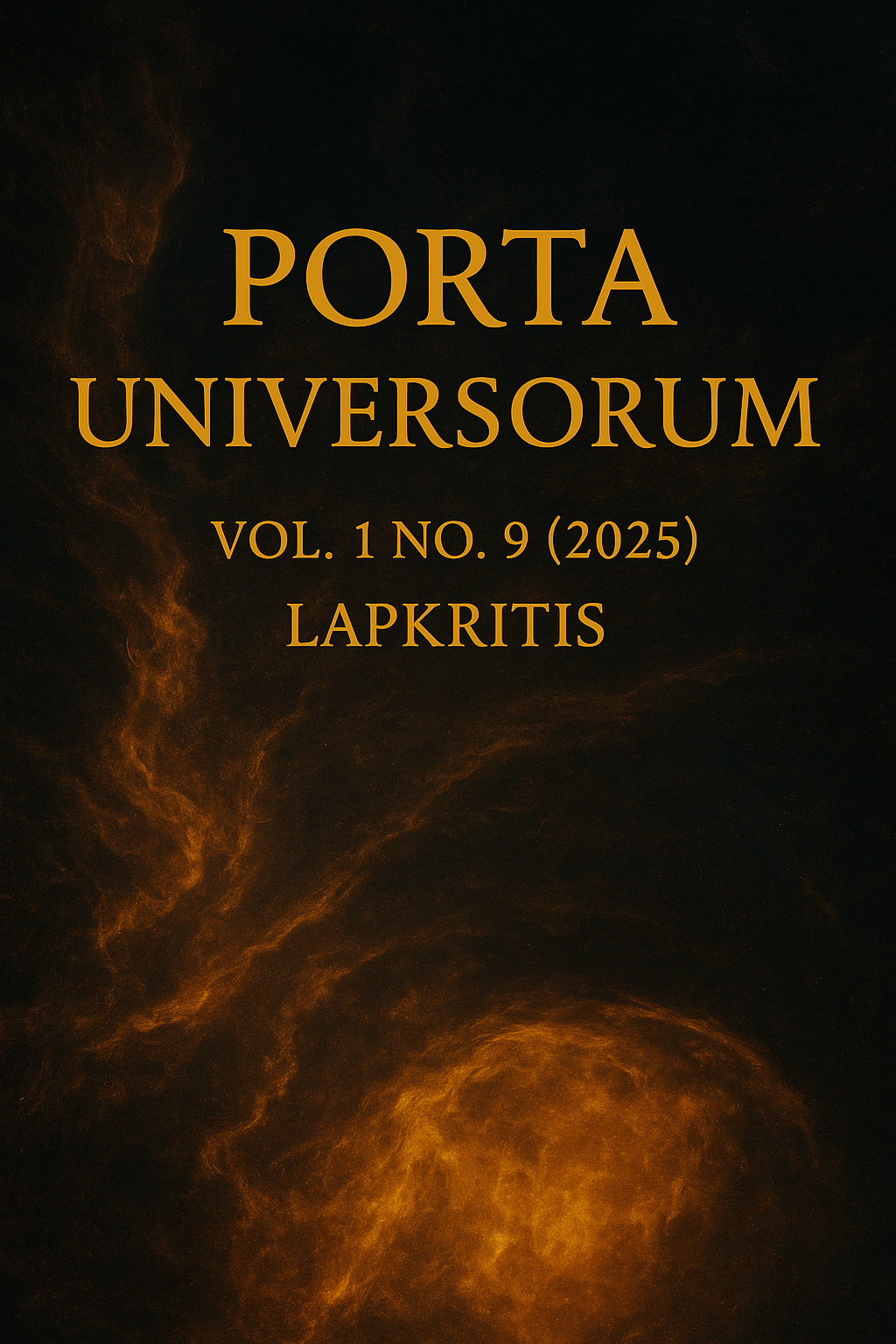Johan Vandewalle’s Approach to Foreign Language Learning
DOI:
https://doi.org/10.69760/portuni.0109002Keywords:
Johan Vandewalle, language learning, multilingualism, communicative language teaching, second language pedagogy, immersion, task learning, learner control, cultural integrationAbstract
Studying language can be considered one of the most complicated and ever-changing domains that is influenced by the interplay between theory, research, and practice. Dr. Johan Vandewalle is a rare breed in this dynamic field whose career and personal life as a linguist, teacher, and polyglot has contributed immensely to the contemporary attitudes on multilingual learning and teaching. His methodology places greater attention on immersion, cultural integration and communicative competence as key to successful language acquisition. Contrary to the grammar-based or memorization-based approach to teaching, Vandewalle promotes the one based on natural interaction, real world, and cross-linguistic awareness. The paper examines the theoretical background of Vandewalle, his adherence to Communicative Language Teaching (CLT) and Second Language Acquisition (SLA) studies and his practical approaches to instruction, such as task-based and learner-centered instructions. It also investigates how his multilingual background shapes his pedagogical model and makes a difference compared to approaches of Stephen Krashen and Robin Callan. Vandewalle offers a comprehensive approach by connecting linguistic theory and classroom practice to present a comprehensive framework of cultural sensitivity, linguistic competence, and learner autonomy. At the end of his study, it is concluded that his model is a visionary paradigm of language education- the model enabling the learners to be ready to communicate efficiently and meaningfully in a multilingual and multicultural world.
References
Byram, M. (1997). Teaching and assessing intercultural communicative competence. Multilingual Matters.
Callan, R. (2004). The Callan Method: The teacher’s handbook (4th ed.). Callan Method Organisation.
Dewey, J. (1933). How we think: A restatement of the relation of reflective thinking to the educative process. D.C. Heath and Company.
Ellis, R. (2003). Task-based language learning and teaching. Oxford University Press.
Ellis, R. (2015). Understanding second language acquisition (2nd ed.). Oxford University Press.
Gezels, L., & Vandewalle, J. (2004). Haydi Türkçe Konuşalım 1 & 2. Ghent: Orientaal vzw.
Krashen, S. D. (1982). Principles and practice in second language acquisition. Pergamon Press.
Richards, J. C., & Rodgers, T. S. (2014). Approaches and methods in language teaching (3rd ed.). Cambridge University Press.
Schön, D. A. (1983). The reflective practitioner: How professionals think in action. Basic Books.
Swain, M. (1985). Communicative competence: Some roles of comprehensible input and comprehensible output in its development. In S. Gass & C. Madden (Eds.), Input in second language acquisition (pp. 235–253). Newbury House.
Vandewalle, J. (1995). Language learning through immersion: A practical framework for adult learners. European Journal of Applied Linguistics, 12(1), 77–94.
Vandewalle, J. (2000). The semantics of motion in Turkish and Uzbek: A comparative study with Russian (Doctoral dissertation, Ghent University).
Vandewalle, J. (2017). Teaching Turkish in multilingual contexts: Lessons from Belgium. Language Teaching Today, 5(3), 22–30.
Vygotsky, L. S. (1978). Mind in society: The development of higher psychological processes. Harvard University Press.
Willis, D., & Willis, J. (2007). Doing task-based teaching. Oxford University Press.
Mammadova, K. The impact of language in society development.
Downloads
Published
Issue
Section
License
Copyright (c) 2025 Porta Universorum

This work is licensed under a Creative Commons Attribution-NonCommercial 4.0 International License.
License Terms
All articles published in Porta Universorum are licensed under the Creative Commons Attribution–NonCommercial 4.0 International License (CC BY-NC 4.0). This license permits:
-
Sharing (copying and redistributing the material in any medium or format),
-
Adapting (remixing, transforming, and building upon the material),
-
for non-commercial purposes only,
-
with proper attribution to the original author(s) and source.
Commercial use of the material is not permitted without prior written permission from the publisher.




